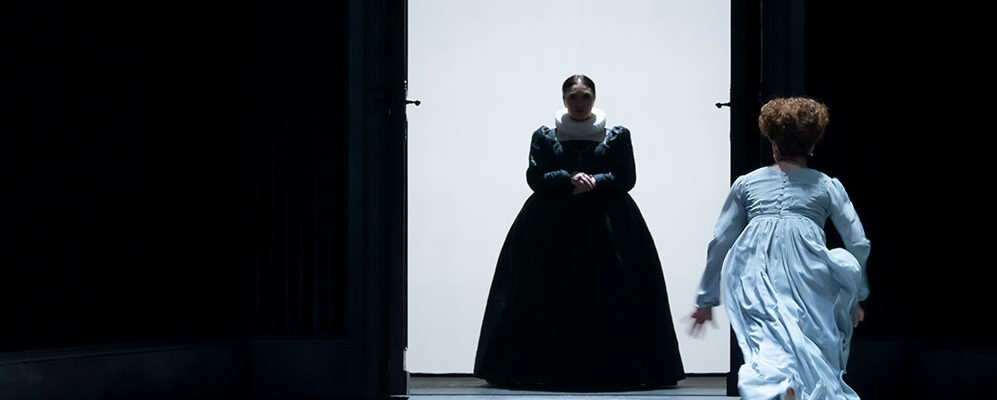We’ve just reached the end of the 2023/2024 season, which I’ve had the privilege of concluding at the Teatro San Carlo, Naples, with Maria Stuarda (at the Naples opera house, I’m carrying forward this ‘Tudor Queens’ project, which will reach completion in 2025 with Roberto Devereux). Before the start of next season, which will take me to the Verdi Festival and then on to theatres in Bergamo, Bologna, Bilbao, Seville and New York, I’m back conducting two summer festivals that are close to my heart: the Festival della Valle d’Itria and the Festival Internacional Santander.
At the former, on 3rd August, against the spectacular baroque background of Martina Franca, I’m conducting the Orchestra and Chorus of the Teatro Petruzzelli, Bari, in Beethoven symphony no. 9 in D minor for the 200th anniversary of its first performance. It’s a great privilege to take on this monument of musical history which, two hundred years ago, revolutionised the concept of the symphony, not just for its use of voices and a choir, but for the message of freedom and universal brotherhood that the composer took from Schiller, first making it his own, then passing it on to all those listening on 7th May 1824 at the Theater Kärntnertor in Vienna. The audience enthusiastically waved their handkerchiefs at the end (so that the deaf Beethoven who was on stage with the conductor could appreciate their acclaim). Since then, the Choral Symphony has become one of the landmarks of music and western thinking.
It’s an emotional experience being back in Martina Franca: in summer 2001, when I made my debut as a conductor, the performance was devoted entirely to Verdi (the 𝑄𝑢𝑎𝑡𝑡𝑟𝑜 𝑝𝑒𝑧𝑧𝑖 𝑠𝑎𝑐𝑟𝑖 and 𝐿𝑖𝑏𝑒𝑟𝑎 𝑚𝑒, 𝐷𝑜𝑚𝑖𝑛𝑒 composed as the final piece in the Mass created for the commemoration of the first anniversary of Rossini’s death). And I’m here again to take part in the fiftieth anniversary celebrations for this festival, established thanks to the will of its far-sighted founders, and today an authentic part of the world’s musical heritage.
On 5th August, I’m conducting the Orquesta Sinfónica de Bilbao in a splendid ‘Puccini Gala’ at the Festival Internacional Santander. With me, I will have the two stars: Sondra Radvanovsky and Jonathan Tetelman. With arias and duets from Tosca, Manon Lescaut and Turandot, we will pay tribute to Puccini’s genius on the centenary anniversary of his death. The anthology will be preceded by Verdi (Pace, pace, pace mio Dio) and followed by Giordano (arias and duets by Maddalena and Andrea from Andrea Chénier), to underline the references and allusions between one composer and another, and to showcase the excellence of the two soloists and the equally magnificent Bilbao orchestra.


